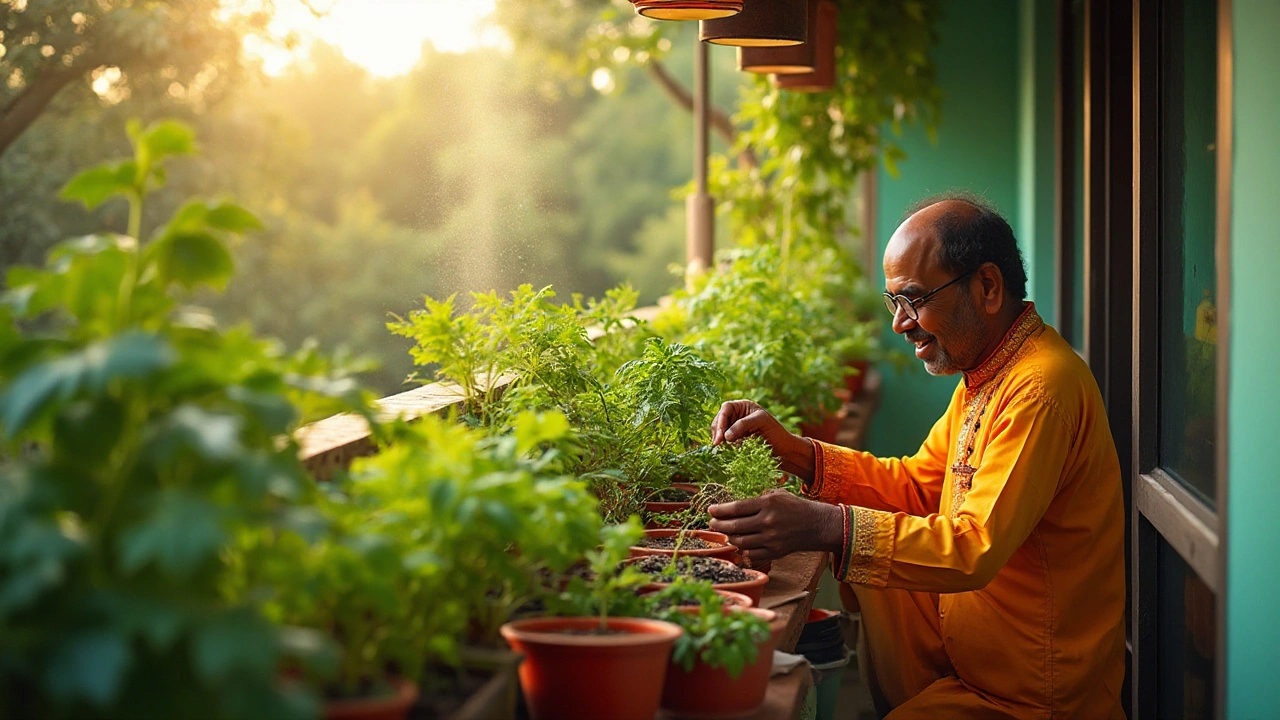Marigolds in India: Growing Bright Blooms the Sustainable Way
When working with marigolds, vibrant, drought‑tolerant flowers native to South Asia and widely cultivated across Indian gardens. Also known as Tagetes, they brighten festivals, compounds, and home landscapes while offering natural pest‑repellent properties, you’re tapping into a plant that blends beauty with function. marigolds India thrive in full sun and tolerate a range of soils, but understanding a few key factors can turn a simple backyard patch into a year‑round color show.
One of the most common ways people grow marigolds is in container gardens, portable setups that let you control soil, drainage, and exposure. Containers let you move plants between shady and sunny spots as the seasons shift, which is handy during India’s monsoon months. To avoid over‑watering, test the soil’s moisture with your finger or a small probe; the top inch should feel dry before you water again. This simple habit reduces root rot and saves water—an especially smart move when you pair it with a drip irrigation, a low‑flow system that delivers water directly to the root zone. Drip lines can be set on a timer, ensuring marigolds get consistent moisture without waste.
Key Practices for Thriving Marigolds
Beyond water, soil health drives success. Marigolds prefer a loose, well‑drained mix rich in organic matter. If your garden bed is heavy clay, amend it with compost or coarse sand to improve aeration. A no‑till gardening, the practice of disturbing soil as little as possible can preserve soil structure, keep beneficial microbes alive, and reduce erosion during heavy rains. Lay a thin layer of mulch—straw, shredded leaves, or coir—to lock in moisture, suppress weeds, and keep soil temperature stable for the marigold’s roots.
Timing matters too. In most Indian regions, the best planting window is just before the onset of the hot season, typically late February to early March. This lets seedlings establish before temperatures peak, resulting in stronger, more prolific blooms. For northern hill zones, a cooler start in September can work well, while tropical southern states may see success with a June sowing after the short pre‑monsoon lull. Aligning planting dates with local climate patterns ensures the plants receive optimal sunlight and rainfall, reducing the need for supplemental watering.
Marigolds also play nicely with companion planting. Their strong scent deters nematodes, aphids, and certain beetles, making them excellent neighbors for tomatoes, beans, and peppers. When you place a row of marigolds along vegetable beds, you get a natural pest barrier plus a splash of color. This synergy embodies the sustainable agriculture theme that runs through many of our other guides, from soil re‑hydration tricks to efficient irrigation methods.
Now that you have a solid foundation—sun, soil, water, timing, and companion ideas—you’re ready to explore the deeper dives below. The articles that follow cover everything from daily watering myths in container gardens to the role of drip irrigation under mulch, giving you a toolbox of practical insights to make your marigold garden not just beautiful, but resilient and eco‑friendly.
Top Flowers in High Demand Across India's Booming Floral Market
Discover which flowers see sky-high demand in India, from marigolds in temples to roses in weddings, with tips and insights into India's thriving flower market.
- manufacturing
- India
- food processing
- garden tips
- rice cultivation
- government schemes
- balcony garden
- urban gardening
- balcony gardening
- profitable business
- business ideas
- plastic manufacturing
- drip irrigation
- plant care
- steel manufacturing
- sustainable gardening
- startup ideas
- steel industry
- flower gardening
- textile manufacturers






